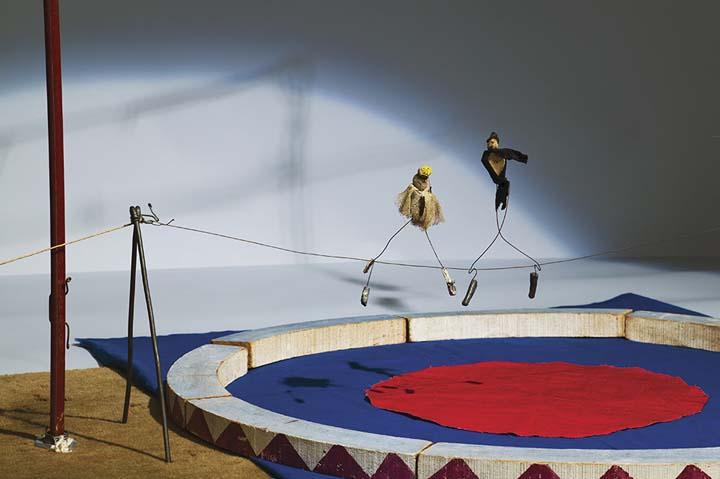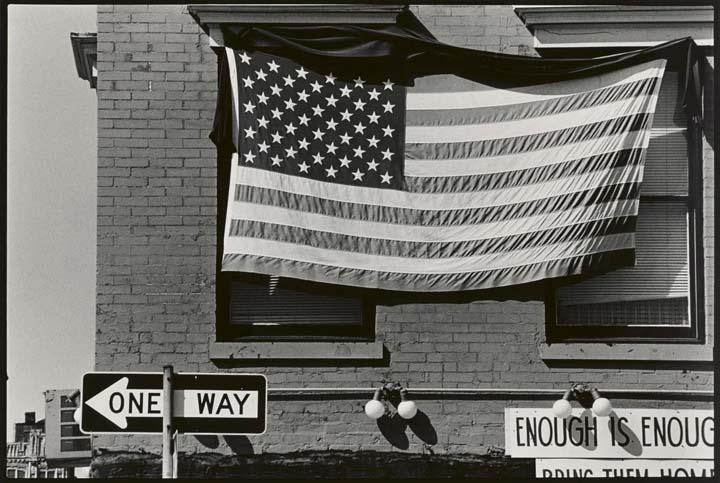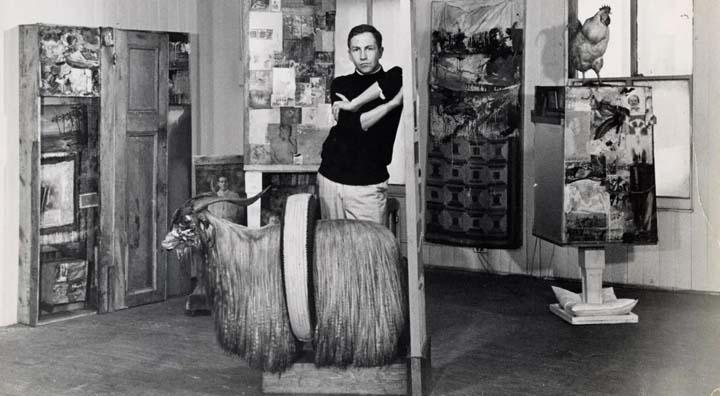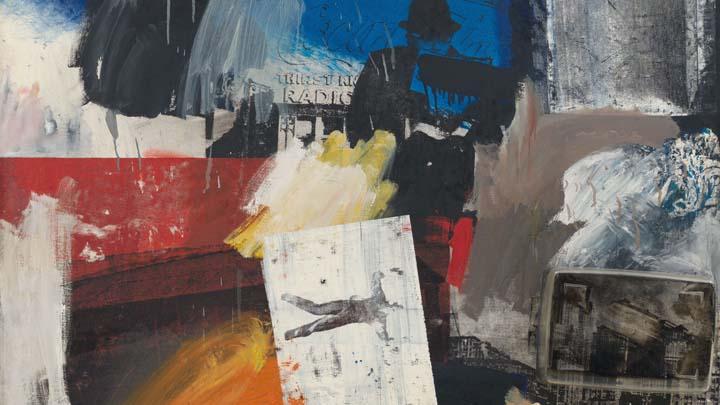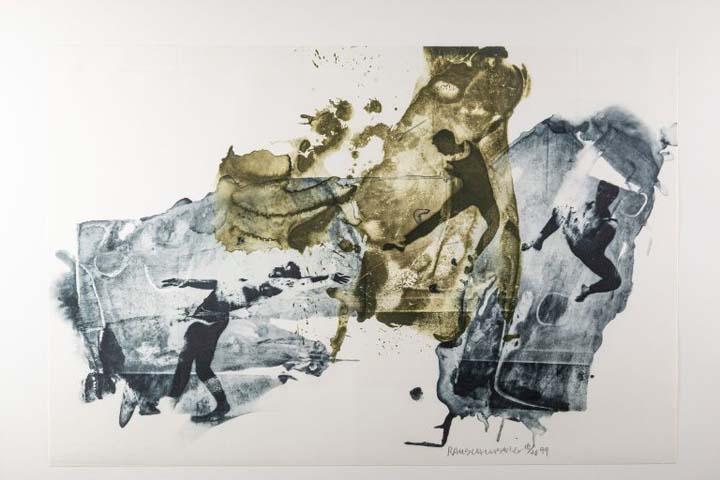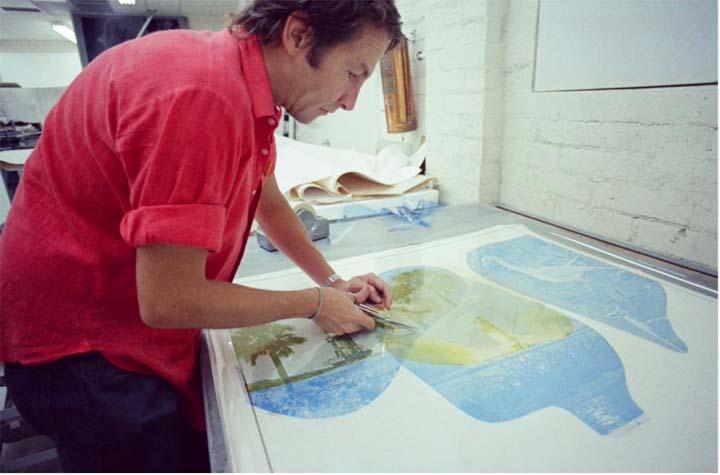Weekend Update: Centennial Celebrations
Continuing: Calder’s Circus at 100 at The Whitney
High Wire: Calder’s Circus at 100 celebrates the centennial of one of the most cherished and storied works in the Whitney’s collection. In 1926, Calder began constructing his miniature multi-act spectacle while living in Paris, using commonplace materials—wire, fabric, cork, wood, string, and found objects—to create a cast of acrobats, animals, and other circus performers, including clowns, a sword swallower, and a ringmaster. The figures were brought to life through performances that Calder staged for audiences of artists and friends on both sides of the Atlantic, among them Marcel Duchamp, Joan Miró, Piet Mondrian, and Isamu Noguchi.
These dynamic performances were set to music, complete with lighting and narration by Calder, and could last up to two hours—representing a radical new form of performance art. Over time, the number of figures, props, and tools expanded to fill five suitcases. Calder used them to transport not only the performers, but also the instruments, phonographic records, and repair materials––caps for the cap pistols, strings, fabric, sewing kits, pliers, and wires––making the performance fully portable and true to its theatrical ephemerality.
The exhibition also features a display of Calder's first standing mobiles and stabiles, the non-objective sculptures for which he is best known, together with wire sculptures Calder created of circus subjects during the 1920s, in which he transcribes in wire the volume and essence of the body in motion, and his ink drawings of circus performers from 1931–32.
Through March 2026 at The Whitney Museum of American Art, 99 Gansevoort Street, New York, NY Info
Robert Rauischenberg | New York: Pictures from the Real World at MCNY
The show is organized into three sections—Early Photographs, In + Out City Limits, and Photography in Painting—tracing the evolution of Rauschenberg’s photographic practice and its interplay with painting, sculpture, and assemblage. His earliest images are largely intimate portraits and experiments with formal elements such as framing, light and shadow, and flattening the picture plane. The centerpiece of the exhibition is In + Out City Limits, a three-year (1979–81) photographic survey conducted across the United States—a project Rauschenberg had originally conceived decades earlier as a student at Black Mountain College in North Carolina.
His New York photographs from this project reveal his fascination with the signs and symbols of human culture, even in the most humble or discarded remnants of the city. Together, these photographs emphasize his observational rigor and his constant effort to channel the fleeting, ineffable moments of life into his work—revealing a deep sensitivity to the social landscape.
In addition, the exhibition presents a selection of works created between 1963 and 1994 that combine Rauschenberg’s New York City photographs with images taken around the world, illustrating how he re-contextualized his photographic imagery through his innovative creative process.
Through April 19 at Museum of the City of New York, 1220 Fifth Avenue at 103rd Street, New York, NY Info
Robert Rauschenberg | Life Can’t Be Stopped at the Guggenheim
This exhibition features over a dozen seminal works from the Guggenheim’s collection along with major loans from the Robert Rauschenberg Foundation, which together highlight the artist’s radical use of materials and media. Celebrating Rauschenberg’s 100th birthday, the show joins a global tribute to Rauschenberg’s boundary-pushing creativity, experimental spirit, and lasting impact on contemporary art. Above: Robert Rauschenberg, Untitled, 1963 (detail)
The centerpiece of the exhibition is Barge (1962–63), a monumental 32-foot-long silkscreen painting made predominantly over a 24-hour period and the largest in a series of approximately 80 Silkscreen Paintings works the artist created between 1962 and 1964. This pivotal work returns to New York for the first time in nearly 25 years.
Through May 3, 2026 at Solomon R. Guggenheim Museum, 1071 Fifth Avenue, New York, NY Info
Handle With Care | Rauschenberg’s Ecological Conscience at Grey
This exhibition of works on paper explores Rauschenberg’s sense of environmental crisis through eight of his editioned pieces made from 1970 to 1982. These works address environmental and ecological issues, variously reproducing news articles about oil spills, endangered wildlife, and consumer packaging, and often include hand-rendered and collaged elements. Three are special edition prints commissioned to fundraise for environmental and humanitarian causes.
Rauschenberg’s ecological conscience was shaped by his upbringing in Port Arthur, Texas, where oil refineries and pelicans were familiar sights. In 1970, after achieving prominence as a major American artist in New York City, he relocated to Captiva, a small island off the Gulf Coast of Florida. Witnessing oil spills and dwindling bird populations, he approached his artmaking with a new sense of urgency and quickly began to integrate these motifs into his work. Also drawing inspiration from the detritus of daily life, his prints reproduce materials such as newspaper clippings, agricultural feed bags, photographs, postcards, and cardboard.
Through April 11, 2026 at Grey Art Museum, 18 Cooper Square, New York, NY Info
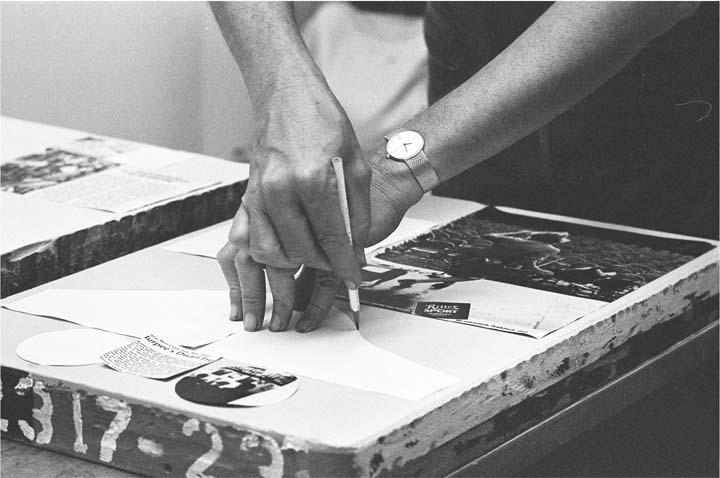
Robert Rauschenberg | Four Decades of Innovation and Collaboration by Gemini G.E.L.
Printmaking powerhouse Gemini G.E.L expands the view of rauschenberg’s commitment to works on paper and in collaboration.. From the website: The works presented in this celebration feel like a journey—not just through the artist’s four decades at Gemini G.E.L., but through the restless, searching spirit that defined him. From the moment he stepped into Gemini in 1967, Rauschenberg seemed to expand the very idea of what printmaking could hold—folding in the unexpected, the ordinary, the cosmic, and the deeply personal. This exhibition is as much about his vision as it is about the alchemy of collaboration: the way paper, ink, fabric, light, and found matter can become something alive, something that still speaks to us decades later. More about the works here
Through December 19 at Joni Moisant Weyl Gallery, 535 West 24th Street, New York, NY Info



